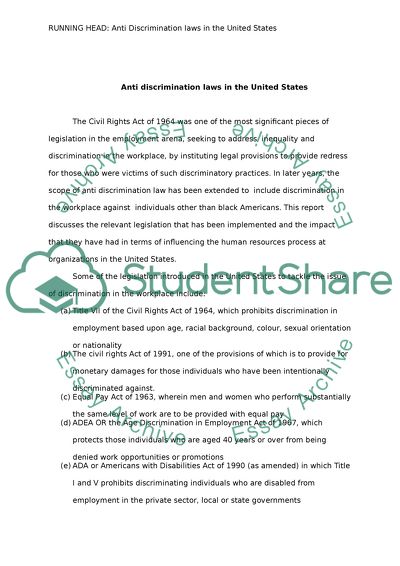Cite this document
(“Business Law Research Paper Example | Topics and Well Written Essays - 1750 words”, n.d.)
Retrieved from https://studentshare.org/family-consumer-science/1405575-business-law
Retrieved from https://studentshare.org/family-consumer-science/1405575-business-law
(Business Law Research Paper Example | Topics and Well Written Essays - 1750 Words)
https://studentshare.org/family-consumer-science/1405575-business-law.
https://studentshare.org/family-consumer-science/1405575-business-law.
“Business Law Research Paper Example | Topics and Well Written Essays - 1750 Words”, n.d. https://studentshare.org/family-consumer-science/1405575-business-law.


